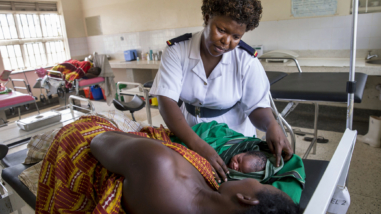University of Texas at Austin
For The General Education In Research Universities Program
-
Amount$145,000
-
Program
-
Date Awarded4/17/2000
-
Term24 Months
-
Type of SupportProject
About the Grantee
Grantee Website
www.utexas.edu


